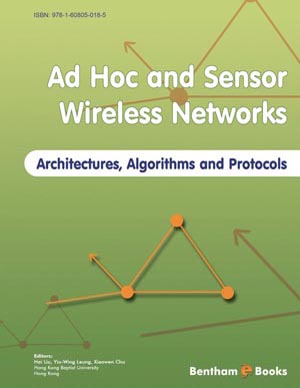Abstract
Machines have become an essential part of day-to-day human activities;
their volume and frequency of usage have rapidly increased in every sector. These
machines, especially the computer system, are well known for their speed, accuracy,
repeatability, and use to execute tasks that can be harmful to humans. However, these
machines lack intelligence, as they do not possess the ability to think like humans. The
quest for producing machines with thinking capabilities led to artificial intelligence;
thus, many efforts were channeled towards developing devices that can communicate
with their surroundings, making a logical decision on what has been perceived, and
then provide the proper solution to the problem. To achieve this feat, machine learning
is utilized by subjecting the system to a series of training using algorithms and data
mining techniques, which is similar to how humans learn from infancy till adulthood
and then execute tasks based on knowledge and the experiences they have gathered
growing up. While these technologies opened a creative horizon for technological
development, there is a current demand for intelligent user interfaces with high
usability that can sustain the mode of interaction depending on users, tasks assigned,
and the environment. This chapter attempts to present an overview of how data mining
can be incorporated with machine learning to produce a machine with artificial
intelligence and how both can improve the intelligent user interface.
Keywords: Algorithms, Artificial intelligence, Data, Data mining, Database management, Database, Decision tree, Human-Computer Interaction, Human Intelligence, Information mining, Intelligent machine, Internal node, Knowledge mining, Machine learning, Multimedia database, Neural network, Regression, Relational database, Spatial database, The Root node.


















